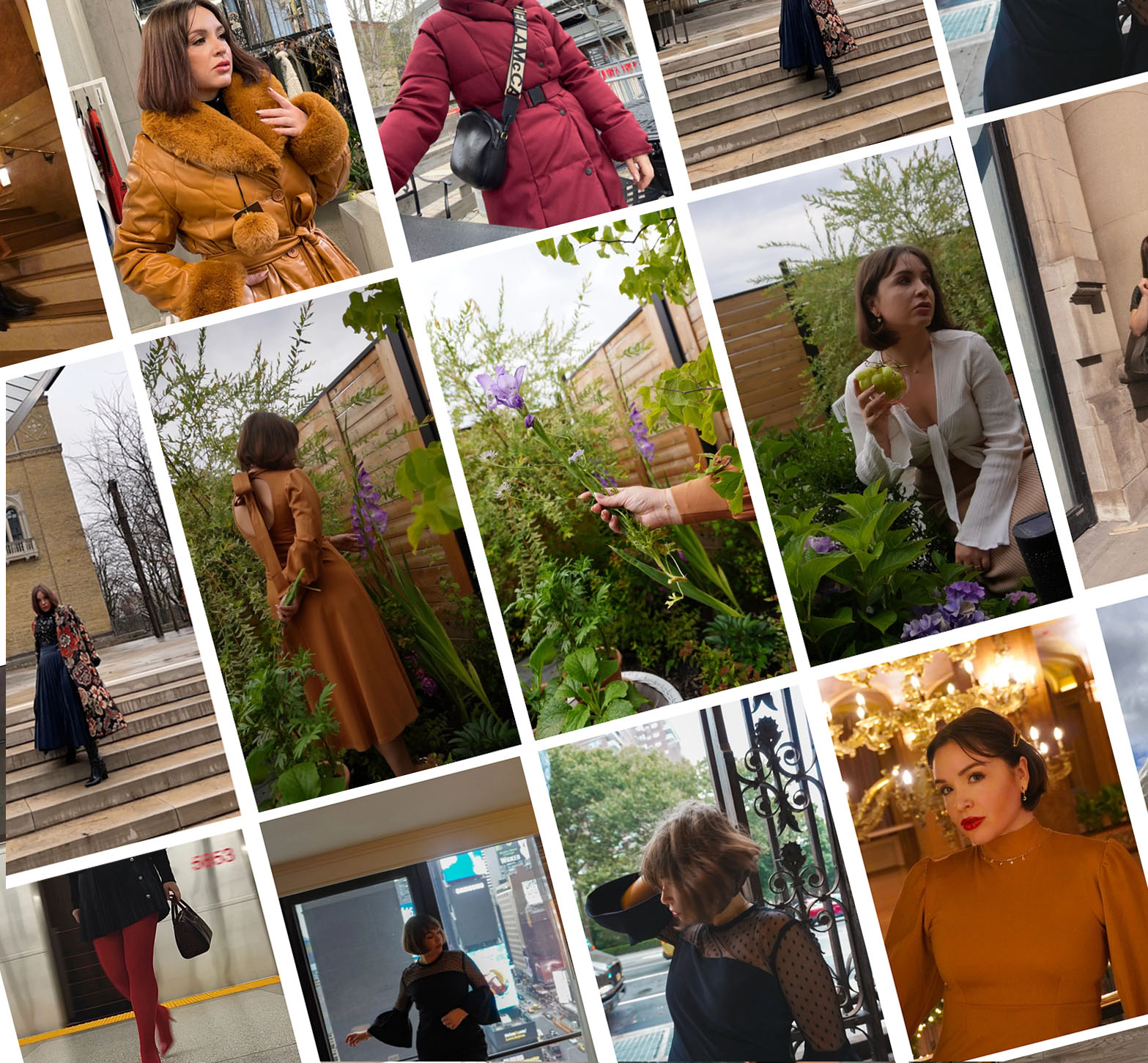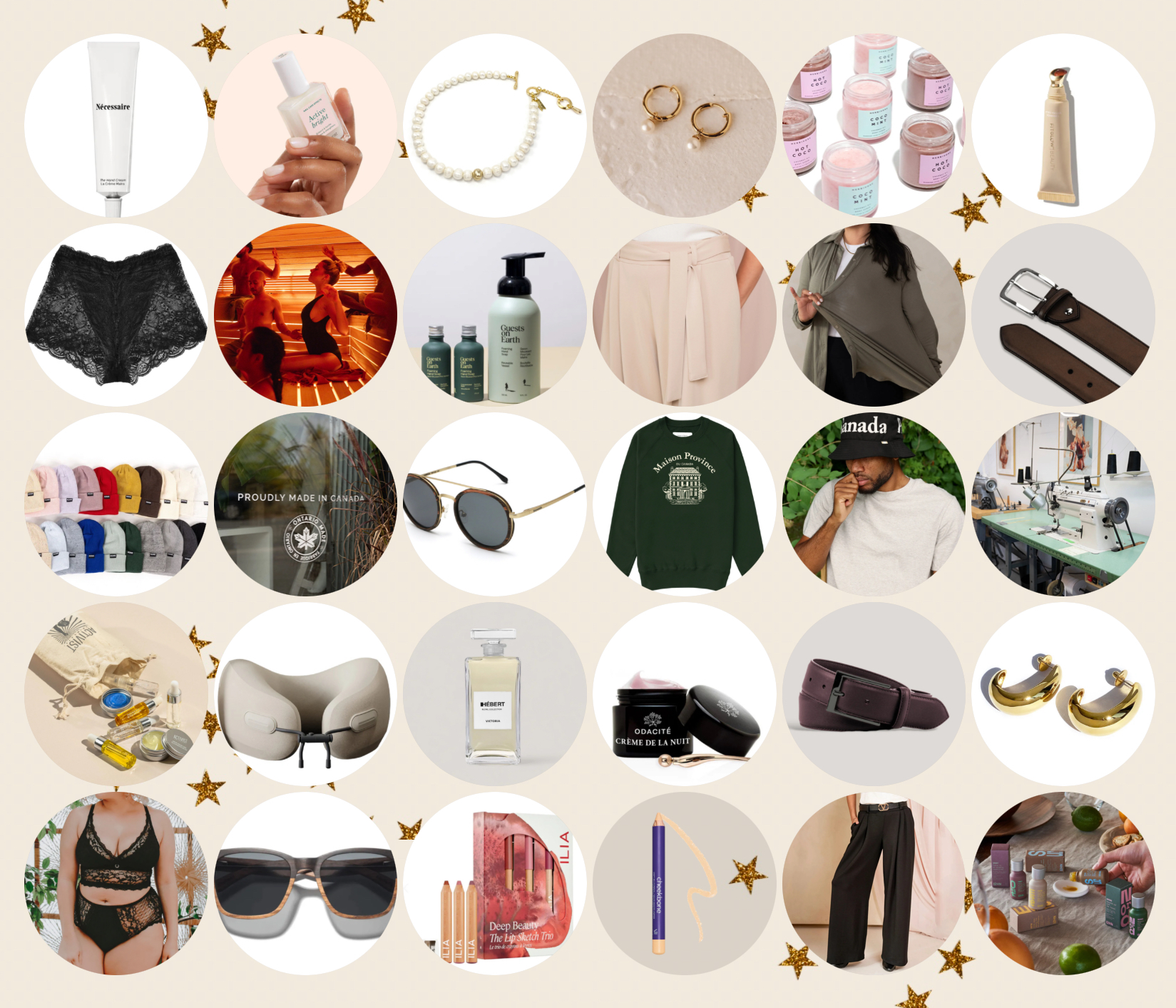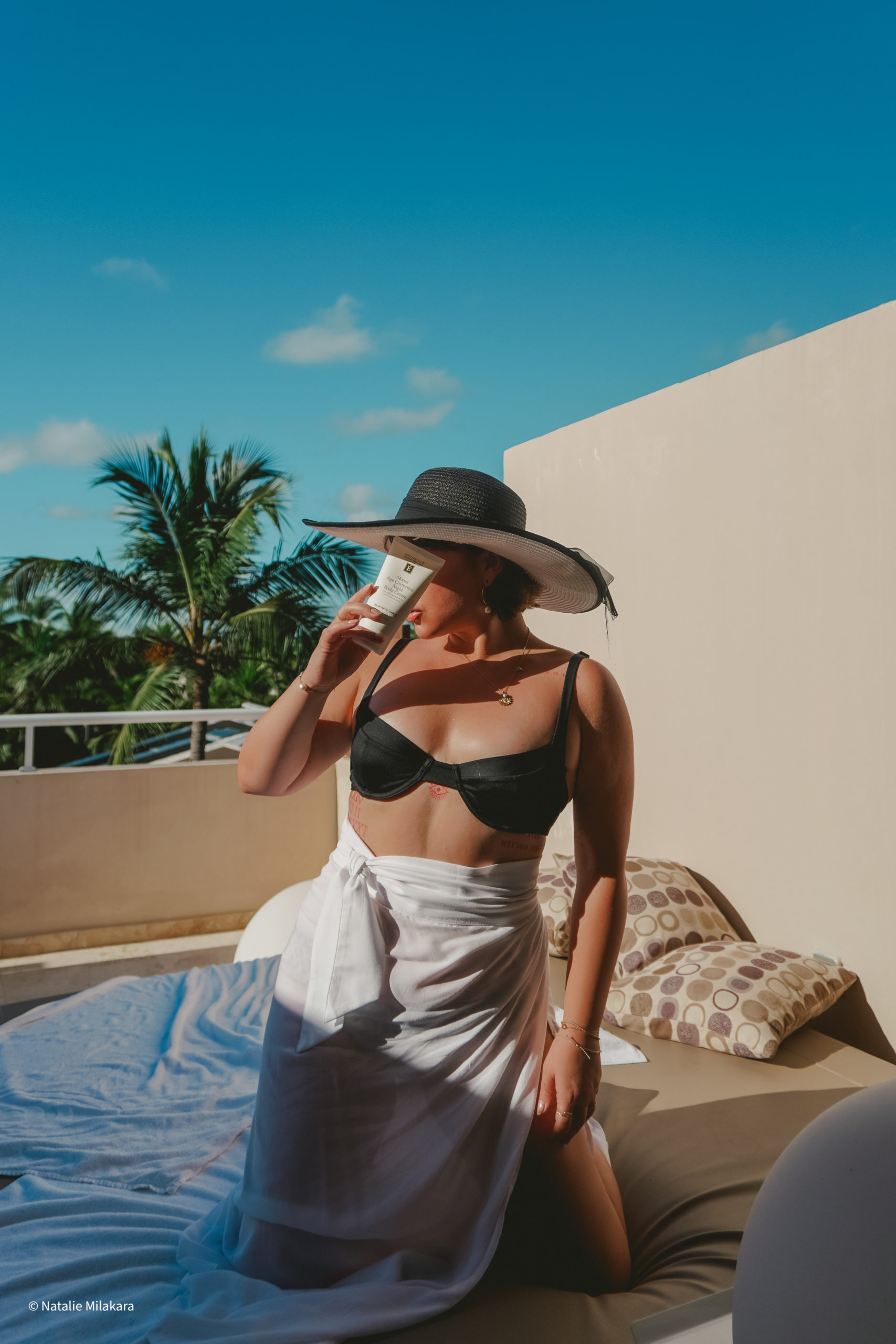
Building a wardrobe has to be one of my favourite pastimes. My only dilemma? I’m not a millionaire.
I know this may sound a little taboo, but I’m not a huge fan of fast fashion. Many of the clothing items from these lines cut corners in production, and it shows in the final product. Awkward fits, flimsy seams, or fabric that starts to pill after one wear! Ick. Not to mention: fast fashion also encourages high turnover with clothing. Which makes it easy to buy, throw-away and re-purchase without too much thought. It’s a vicious cycle leading to unnecessary waste—and it could all be avoided!
HOWEVER… if you’re on a tight budget, fast fashion offers an opportunity to elevate your style and makes clothing diversity more accessible. Many people do rely on chain stores and fast-fashion shops because they don’t have the budget to buy a complete wardrobe of designer, fair-trade and conscious clothing. (As we all know, it costs more to manufacture things ethically and responsibly. And if you have the cash to buy everything this way, you definitely should! But it’s not a realistic option for all.)
So, what is the trick to making your wardrobe look expensive when your bank account is budget? Finding pieces that look high quality and, whenever possible, investing in well made, preferably ethical, pieces. You can also think of this as “starting your capsule collection.”
Even when I was younger, I would regularly save up for higher-quality pieces to break-up my budget-friendly wardrobe. *start flashback sequence* I was in my final year of high school. I had been lusting after these knee-high, zebra-striped Betsy Johnson rain boots… with a wedge heel. Yes, they were as crazy looking as you are probably imaging. *shrugs* A girl’s gotta learn from her mistakes, right? Within a few weeks of wearing these show-stopper boots, I realized the tragic error of my purchase: I had invested poorly. There were only so many occasions where I could wear zebra platform boots. Yes, although 17-year-old me thought these boots were the bee’s-knees, realistically, how often would I wear these? On top of that, the boots were so unique and attention grabbing that everyone seemed to notice every time I bravely stepped out in them. (Looking back, I’m not sure if that was a good or bad thing.)
I am happy to say, I make better purchase decisions now. Usually.
When it comes to clothing (and friends), it’s better to have a few rock-solid reliable pieces than a pile of cheap temporary solutions. Learning what to invest in is the first step in building your own quality, capsule collection wardrobe.
Tip #1: Invest in well made wardrobe staples.
A wardrobe staple is an item the gets heavy rotation in your outfits. They should also reflect your unique lifestyle. For some, staples may include a blazer, a trench coat and a pencil skirt. If you live in a colder climate, a winter coat, a scarf, and knee-high boots (zebra stripes optional) may be practical investments. Someone else may get constant use out of sunglasses, a camisole and comfortable sandals. Take stoke of what you wear the most. These are most likely the items that will be worth investing money into.

Tip #2: Turn it inside out.
Check the seams of every garment you purchase. Are the ends of the fabric finished nicely or, better yet, hidden? (ie: a French seam?) Does the stitching look tight and neat? Do the side seams sit where they are suppose to? For jackets, skirts or dresses, is there a proper lining? These are all good indicators of quality. If the manufacturer has taken the time to beautifully finish the details on the inside, they probably haven’t skimped on fabric quality, pattern cutting, or consumer care testing. (Consumer care testing ensures that shrinking, colour bleeding and seam unraveling doesn’t happen. Why is this not standard for all clothing companies! *fist shake of frustration*)
Tip #3: Don’t spend money on high turnover items.
High turnover items may be worn frequently, but they also receive a lot of wear and tear. If you know an item will wear out within a year, beyond the point of repair, don’t invest a large amount of money in it. Once example of a high turnover item for me is denim jeans. It’s a little disappointing, but true. Inevitabl, I get the thigh-friction burn-of-death on all my jeans. And patches or repairs only add maybe a month or two of extra wear. Confession: I was in denial for a long time, but I have now come to terms with the fact that all jeans, no matter how well made, have a max life expectancy of one to two years for me. Although jeans are a wardrobe staple for me, I won’t invest hundreds on them. It’s just not worth it.
An other example is costume jewelry. You know, the rings that turn your fingers green and the necklaces with pieces that fall off randomly. Second confession: I used to spend WAY more than I should have on trendy costume jewelry when I was a student. Despite being made of plastic and cheap metals, that doesn’t stop retailers from charging a fortune for these made-to-tarnish necklaces, baubles and rings. Hopefully, you don’t make the mistakes I did!

Crop Top: TopShop
Skirt: Versace, consignent
Heels: Zara
Necklace: Zara
Gold Bangle: heirloom
Bracelet: Michael Kors
Controllers: N64 👾
Tip #4: Mix high & low.
As you begin mixing high-quality staples into your outfits, you’ll find they elevate your entire look. Très chic! In these photos, I’ve paired a black Versace pencil skirt with an ASOS crop-top and faux-suede Zara heels. The Verscae skirt was an investment, but I wear it all the time: to the office, date nights, even with tennis shoes in the summer.
TIP: Don’t stop at your clothes! Jewelry can also be a mix of high & low: my bracelets are pricey but my necklace was a steal. (Going back to tip # 3: I knew the costume jewelry wasn’t going to last forever, but I snapped it up once it went on sale since I knew it would get worn a lot. Old habits die hard I suppose…)
Tip #5: Fit is everything.
If it doesn’t fit your unique shape perfectly, skip it. Or make a promise to yourself to get it altered. When your entire outfit looks like it was tailored to your body, it appears that you’ve spent more on your clothes. An ill-fit is unflattering on everybody, no matter how much you spent on your outfit.

Tip #6: Be you, be confident.
This last tip requires absolutely no damage to your credit card! (Yay!) It’s all about posture. You can be wearing a $4,000 Valentino dress, but if you are slouching it will de-value the entire look. Keep your head high and your shoulders back, sit up straight. BAM. It makes a difference in your body language. And body language is a major factor in how put together you look, with or without clothing. (Joking. But only kind’a.)



